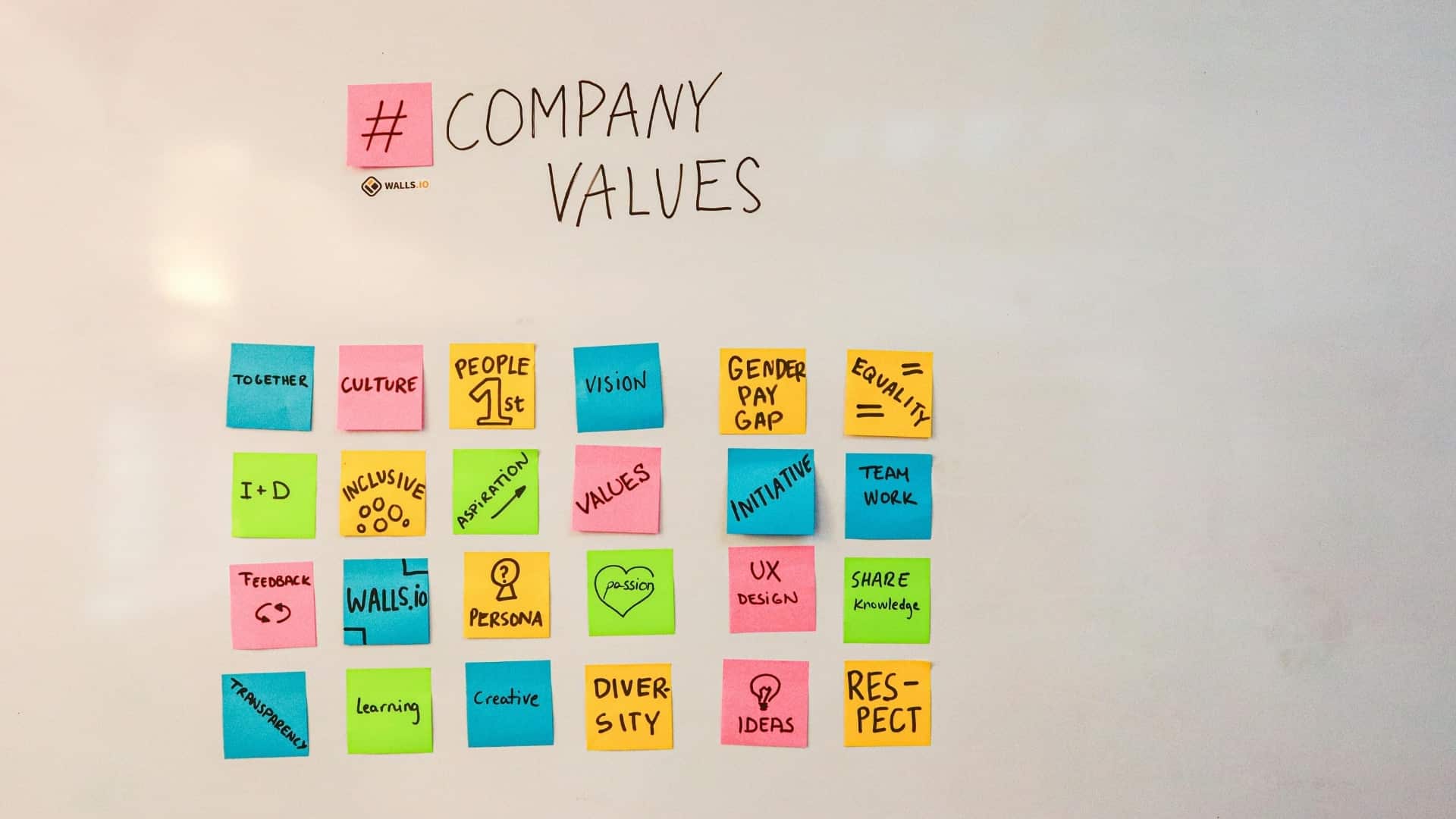10 Ways AI Metatagging Can Transform Your Company’s Workflow and Organization

Introduction
In today’s digital age, managing and organizing a vast array of digital assets can be a daunting task. Enter AI metatagging—a revolutionary solution that leverages artificial intelligence to streamline your workflow and enhance organizational efficiency. Here are ten ways AI metatagging can benefit your company:
1. Automated Keyword Generation with Artificial Intelligence
Manually tagging each file with relevant keywords can be time-consuming and error-prone. AI algorithms automate this process by analyzing the content and generating precise, relevant keywords, saving your team countless hours of manual work.
Automated keyword generation also improves data access by making it easier to locate and utilize information.
2. Improved Searchability
AI-generated tags make it easier to find files quickly and efficiently. AI-powered search engines can interpret natural language queries to improve search accuracy and user experience. By categorizing assets with accurate meta tags, your team can locate the information they need without wasting time on fruitless searches. Additionally, AI-powered translation tools can further improve searchability by localizing content for global audiences.
3. Consistent Tagging
Human error can lead to inconsistent tagging, which complicates asset retrieval. AI systems ensure uniformity in keyword generation, maintaining a standardized tagging system across all digital assets.
4. Enhanced Content Understanding through Natural Language Processing
AI metatagging goes beyond recognizing file types. It understands the content within each file, including text, images, themes, and even transcriptions, providing a comprehensive set of tags that capture every aspect of your assets. Machine learning algorithms enhance the AI’s ability to understand and tag content accurately. By analyzing historical data, AI can improve the accuracy of content understanding and tagging, ensuring more precise and relevant metadata. Additionally, AI enabled DAM can analyze and store anything; from your purchase history receipt’s, to the tailored product recommendations and related content you send out to your customers, so you can get back to increasing customer engagement and conversions.
5. Smoother Uploading Process
Integrating AI metatagging into your file upload process streamlines the workflow. AI tools suggest relevant keywords as soon as the files are uploaded, allowing for quick review and minimal editing, significantly speeding up the process.
6. Increased Productivity
When files are correctly tagged and easy to find, your team spends less time searching for assets and more time on productive tasks. This boost in efficiency can have a significant impact on your overall productivity. Additionally, automating repetitive tasks with AI can further enhance productivity by allowing your team to focus on higher-value activities.
7. All-Inclusive Asset and Data Management
AI metatagging works with all types of digital assets, including text documents, PDFs, presentations, images, videos, and audio files. This comprehensive approach ensures that every file in your database is organized and easily retrievable.
AI-generated content can be seamlessly integrated into the asset management system, automating content creation, scheduling, localization, and distribution. This not only speeds up the content creation process and improves efficiency but also helps in targeting global audiences effectively while still requiring human review and editing to ensure accuracy and relevance.
Additionally, AI metatagging can enhance customer relationship management by analyzing data to provide hyper-personalized customer interactions and targeted marketing.
8. Better Data Security
With AI metatagging, you can implement robust data security measures. AI can help ensure that sensitive information is correctly tagged and categorized, making it easier to manage permissions and access control.
Additionally, analyzing customer data with AI can improve data security measures by identifying potential vulnerabilities and predicting security threats.
9. Improved Workflow Integration
AI metatagging can be integrated into your existing tech stack, enhancing your current workflow without requiring significant changes. AI technologies can further enhance workflow integration, allowing your team to adopt the technology quickly and start reaping the benefits immediately.
10. Actionable Insights and Reporting with Machine Learning
AI metatagging systems often come with powerful reporting tools that track usage and asset performance, generating valuable insights. These insights can help you make informed decisions about content strategy, asset management, and overall organizational efficiency.
Conclusion
AI systems can revolutionize the way your company manages its digital assets. By automating the tagging process, intelligently classifying digital assets, and enhancing overall workflow through smart taxonomies and predictive analytics, AI systems allow your team to focus on what truly matters—driving your business forward. If you’re ready to see these benefits in action, consider exploring solutions like ASMBL’s AI Smart Keywords to transform your workflow and boost organizational efficiency.
Ready to streamline your digital asset management? Book a demo or take a tour of ASMBL’s AI Smart Keywords today!


